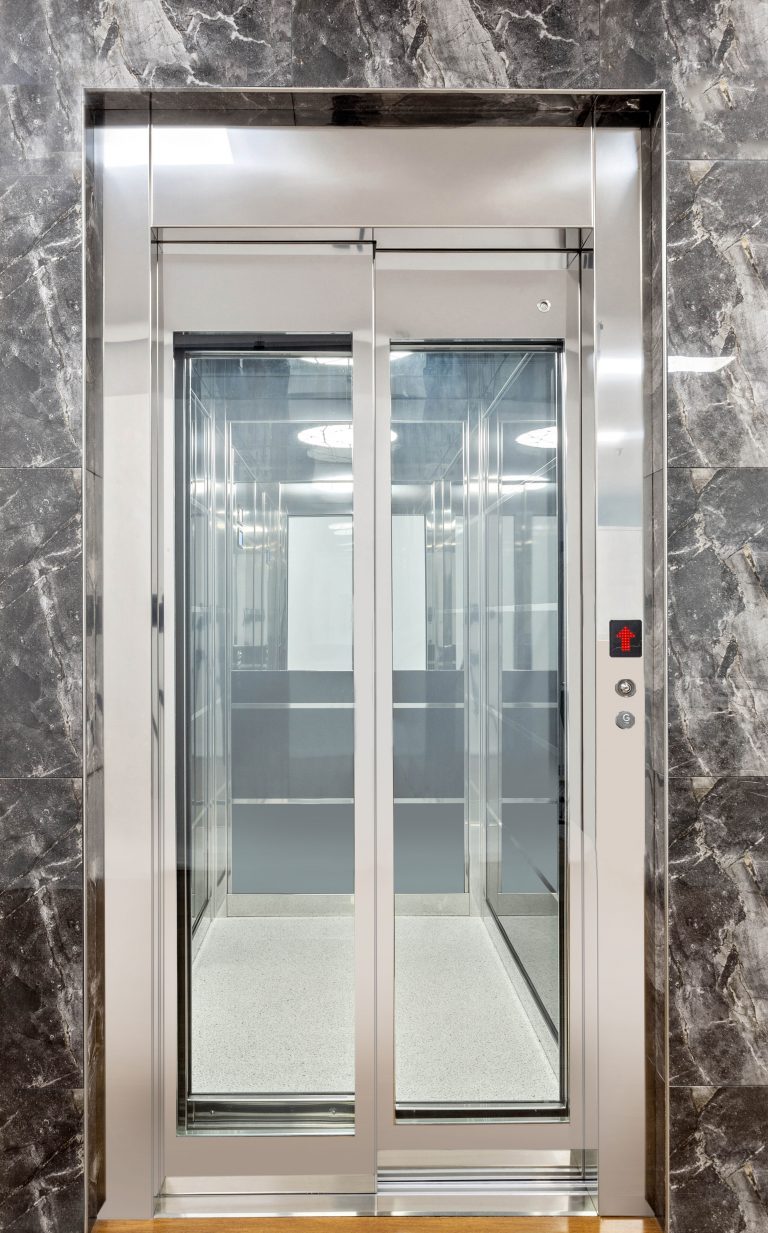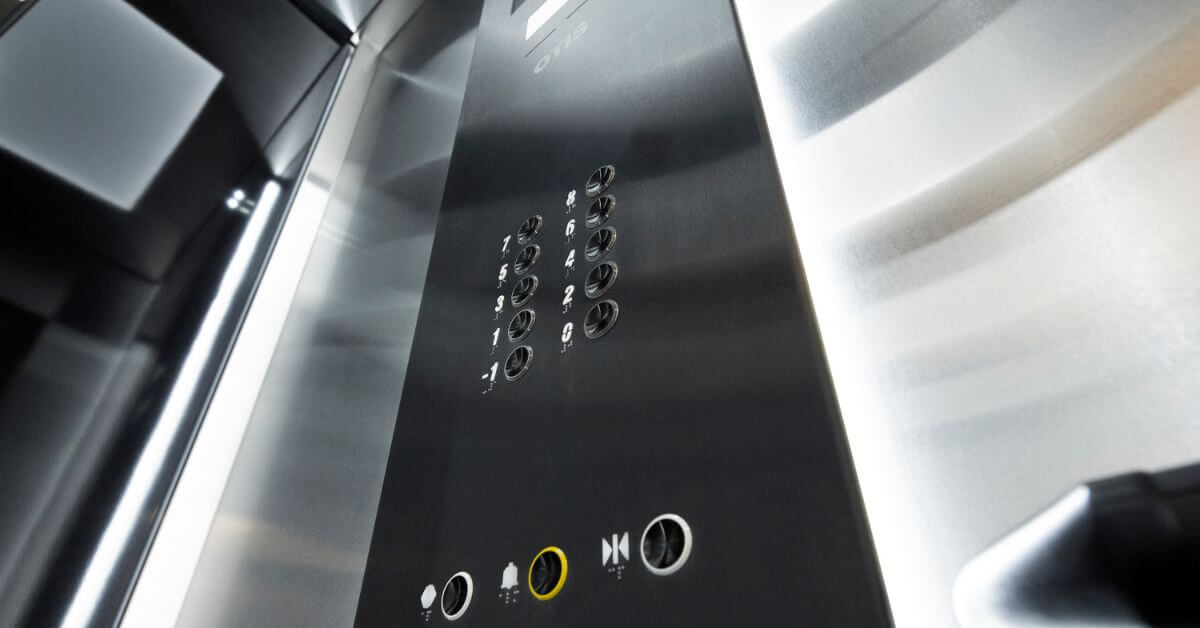Leading Lift Companies in London: Providing Exceptional Service and Support
Leading Lift Companies in London: Providing Exceptional Service and Support
Blog Article
Diving Into the World of Elevators: Typical Issues Dealt With by Different Lift Systems
As we browse through the upright transportation systems of contemporary structures, elevators stand apart as an essential part of our day-to-days live. Nonetheless, behind their smooth operation exists a globe of intricate systems that can often come across difficulties. From hydraulic elevators to grip systems and machine-room-less layouts, each lift kind comes with its collection of common problems. Recognizing these difficulties is essential for ensuring the smooth functioning of these important systems. Let's discover the complexities that underlie the operation of lifts and the potential issues that can develop, losing light on the complex internet of lift mechanisms.
Hydraulic Elevators
Hydraulic lifts, frequently chosen for low-rise structures, make use of fluid stress to manage the movement of the lift auto (lift repair companies). This mechanism includes a hydraulic pump pushing oil right into a cyndrical tube, causing the elevator to move in the wanted direction. While hydraulic lifts are known for their smooth and silent procedure, they do include their own set of common issues
One prevalent problem with hydraulic elevators is oil leakage. The seals in the hydraulic system can wear gradually, leading to oil seepage. If left unaddressed, this not just produces a mess however can likewise impact the lift's performance. Furthermore, problems with the control system, such as faulty valves or a malfunctioning pump, can trigger disturbances in the elevator's motion.
Routine maintenance and punctual repairs are vital to guarantee the smooth functioning of hydraulic elevators. By addressing these usual concerns proactively, structure owners can lessen downtime and guarantee the safety and security and effectiveness of their vertical transport system.
Grip Elevators
When thinking about upright transportation systems in buildings, an additional common type aside from hydraulic lifts is the grip elevator. Traction elevators run making use of a system of ropes and counterweights that move the lift auto by gripping onto the hoist ropes. This system permits smoother and faster upright transportation contrasted to hydraulic systems.
Among the usual concerns dealt with by grip elevators is rope wear. The continuous motion of the ropes within the traction system can lead to tear and put on in time, possibly creating the elevator to breakdown or come to be unsafe for usage. Normal assessments and maintenance of the ropes are vital to make sure the lift's proper performance and safety and security.
One more concern that grip elevators might experience is associated with the control system. Issues with the control system can bring about problems such as irregular motion, hold-ups in action times, and even complete closures. Regular testing and maintenance of the control system are important to avoid such concerns and ensure the lift's integrity.
Machine-Room-Less (MRL) Elevators

Among the essential components of MRL elevators is the portable gearless traction equipment that is mounted within the hoistway. This device efficiently drives the elevator cars and truck without the requirement for cumbersome equipment discovered in typical grip elevators. Furthermore, MRL elevators normally make use of a counterweight system to stabilize the car, more improving their energy straight from the source performance.
Regardless of their benefits, MRL elevators might encounter difficulties connected to upkeep and repair service due to the constrained space for equipment installation. Accessibility for servicing parts within the shaft can be restricted, needing specialized training for technicians. Appropriate maintenance timetables and regular inspections are critical to make sure the ongoing smooth operation of MRL elevators.
Overloading and Weight Restriction Issues
Are elevators outfitted to take care of excess weight loads effectively and safely? Overwhelming and weight restriction issues are vital issues in elevator procedures. Lift producers style recommended you read raises with details weight capacities to guarantee guest security and tools long life. Surpassing these weight limitations can lead to different troubles, including mechanical failures, hold-ups, and security threats.
When lifts are strained, it places too much strain on the motor, cables, and various other components, possibly creating malfunctions or breakdowns. Safety and security mechanisms such as sensors and overload sensing units are in place to stop lifts from moving if they find excess weight. In addition, surpassing weight limitations can lead to boosted energy intake and wear and tear on the lift system.
To minimize overloading concerns, building managers ought to plainly display weight restrictions in elevators and inform residents on the relevance of adhering to these limitations - lift repair companies. Normal upkeep checks by certified service technicians can additionally aid guarantee that lifts are running within risk-free weight specifications. By addressing overloading and weight limitation problems proactively, structure proprietors can enhance elevator safety and news efficiency
Electrical System Failings
Surpassing weight restrictions in lifts can not just lead to mechanical concerns yet additionally possibly add to electrical system failings within the lift framework. Electric system failings are an essential problem in elevator procedure, as they can trigger unforeseen closures, breakdowns, or also safety risks. One typical electric concern is the getting too hot of elements as a result of too much current flow brought on by overwhelming the lift past its ability. This can bring about damage to the electrical wiring, control, or electric motor systems, causing costly repair services and downtime.
Additionally, power surges or fluctuations in the electrical supply can also interfere with the lift's procedure, impacting its performance and safety. These electrical disturbances can damage delicate lift elements such as control panels, circuit boards, or sensing units, bring about system failures. Routine maintenance and evaluations are vital to determine and deal with prospective electrical concerns without delay, making certain the reliable and risk-free operation of elevator systems. By sticking to weight limits and performing routine electric system checks, structure owners can mitigate the threat of electrical failings in elevators.
Final Thought

Hydraulic lifts, commonly chosen for low-rise structures, use fluid pressure to regulate the movement of the lift automobile.When considering upright transportation systems in structures, another typical kind aside from hydraulic lifts is the grip elevator. Traction lifts operate making use of a system of ropes and counterweights that relocate the lift automobile by gripping onto the hoist ropes. Unlike standard lifts that need a different device space to house the equipment, MRL elevators incorporate many of the components within the shaft, removing the need for a dedicated maker area.In conclusion, elevators encounter common problems such as hydraulic breakdowns, grip system failings, and electrical system issues.
Report this page